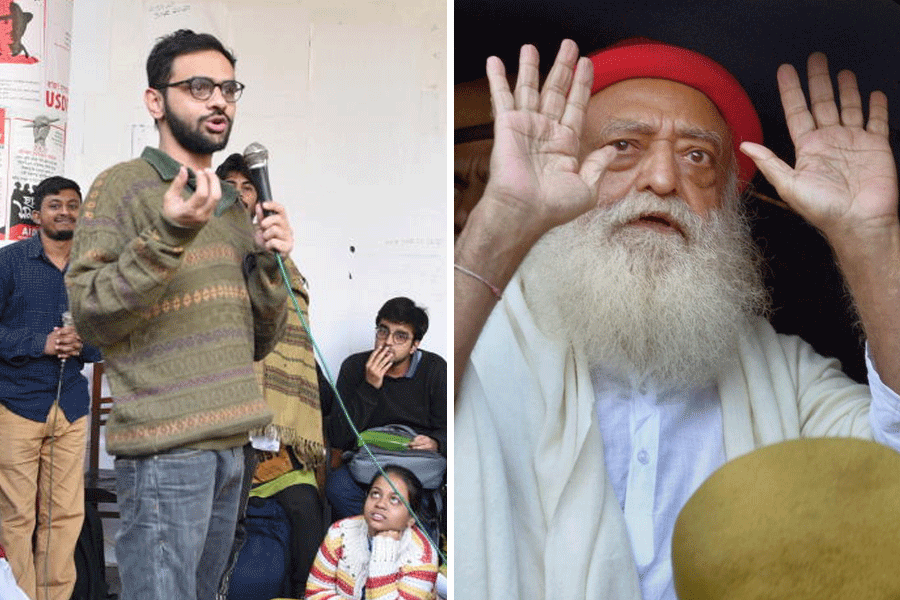 |
A problem, it has been said, goes away if you start looking at it as a stepping-stone rather than a setback. These columns have discussed the demographic dividend and the issue of skilling the working-age population earlier. Two recent reports on the subject make it worthwhile to take another look.
Global financial powerhouse Goldman Sachs says that if other Indian states were to follow the flexible labour laws that Gujarat has implemented, 40 million new manufacturing jobs can be created in 10 years. With a little more reform in the area and a hard look at subsidies, the increase over the decade could be as much as 110 million jobs. This would be more than the US, China, Russia and Brazil combined.
Before you start cheering from the rooftops, study a report from Kotak Institutional Equities. Titled Game Changer, it asks whether it is possible to “fix… the great unskilled” (in the same category, one assumes, as the great unwashed).
“A large labour force and an industry grappling with a dearth of labour is just one more paradox among the many ironies that define India’s demographic profile,” says the report. “In this case, the paradox brings home the fact that millions of India’s educated have no employable skills. Failure to absorb them into the workforce could have long-term negative implications on social stability.
“The die is cast. Our analysis tells us 11-13 million Indians will come onto the job market every year for the next 15 years. They herald untold potential for growth, or if not harnessed correctly, for disaster.”
In fairness to the Kotak report, it is not a prediction of disaster. The institutional equities arm of the Kotak Group has the mandate of giving investment advice to high net worth individuals and organisations. Expectedly, the report concludes saying that the many skilling companies are great bets. “We estimate the value of the vocational training opportunity at $20 billion annually,” says the report.
Why is Goldman Sachs so positive? First, it has a vested interest in the stock market going up. It has, in fact, climbed on the Narendra Modi bandwagon. In November, the brokerage came out with a report titled “Modi-fying our View: Raise India to market-weight”. The reasoning: a business-friendly government under Modi would get India back on growth path.
It’s not just Kotak and Goldman who start from the same data and end up with different conclusions. On the employment front – the great unwashed again – take the Mahatma Gandhi National Rural Employment Guarantee Act. This “aims at enhancing the livelihood security of people in rural areas by guaranteeing 100 days of wage employment in a financial year to a rural household whose adult members volunteer to do unskilled manual work”.
This has taken some steam out of skilling initiatives. But there has been an even more dangerous fallout. India is a country of migrant labour. People come to cities from rural areas to find work, particularly in sectors such as construction. But if you can make a living wage staying at home, why move to a city? Major players have been reporting a shortage of construction workers. With the GDP just about spluttering along, the shortage hasn’t had a serious impact. But once the economy recovers, there will be a major crisis. Yet economists have taken up diametrically opposite views: one side sees the Act as God’s gift to India; the other expects it to end in disaster.
A job is perhaps the most important thing in life for an average individual. Interest levels are high and think tanks have been coming out with surveys and reports all the time. The lesson is to take them with a pinch of salt. Find out first where the authors of the report are coming from. Only then will you be able to judge where the findings are taking you. A case in point: the happiest job in the US in 2014 is that of the database administrator. Talk to a database administrator (if you can find one). He’ll tell you it’s a bore. How exciting can the life of a techie librarian be?
 |










